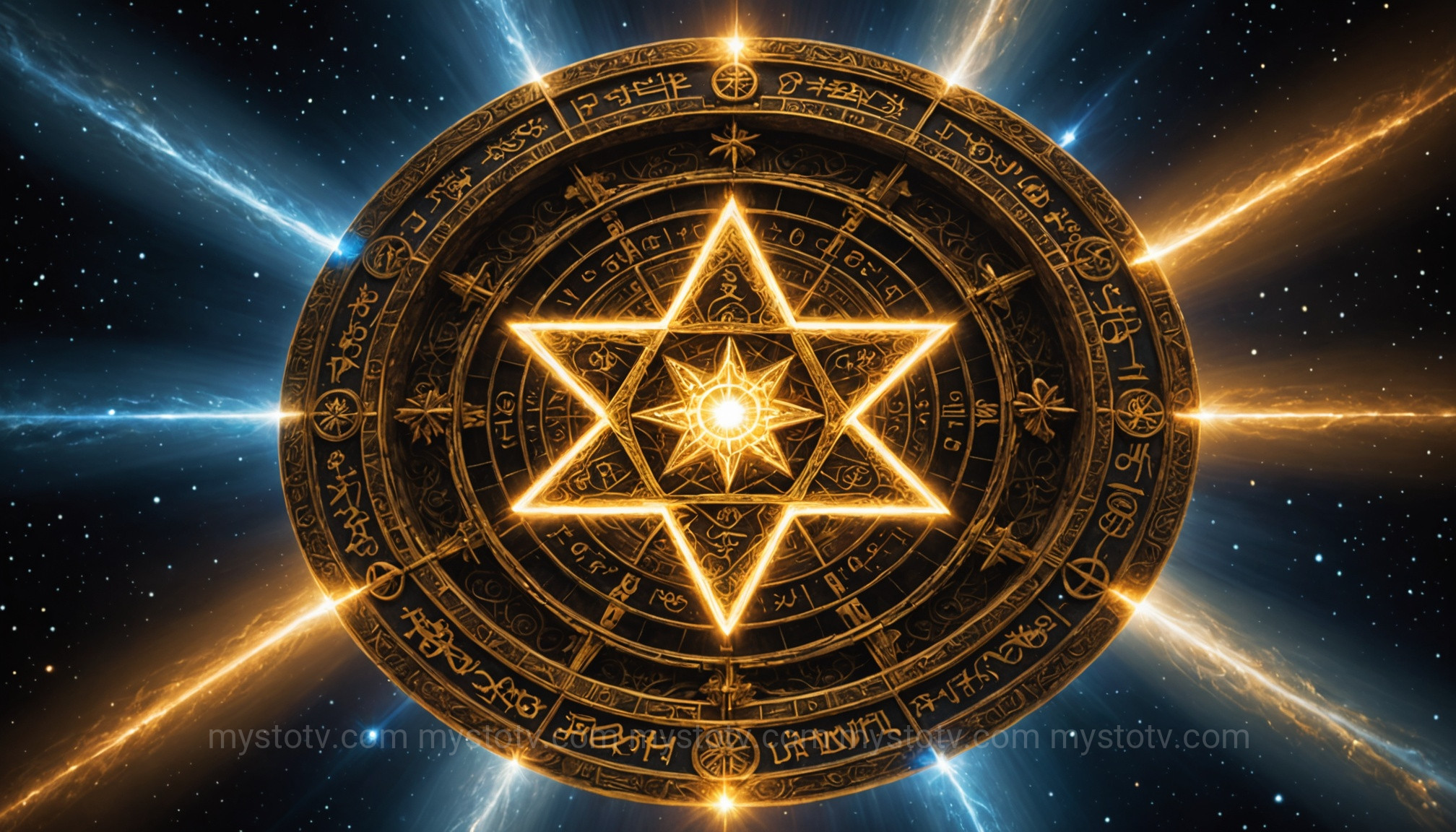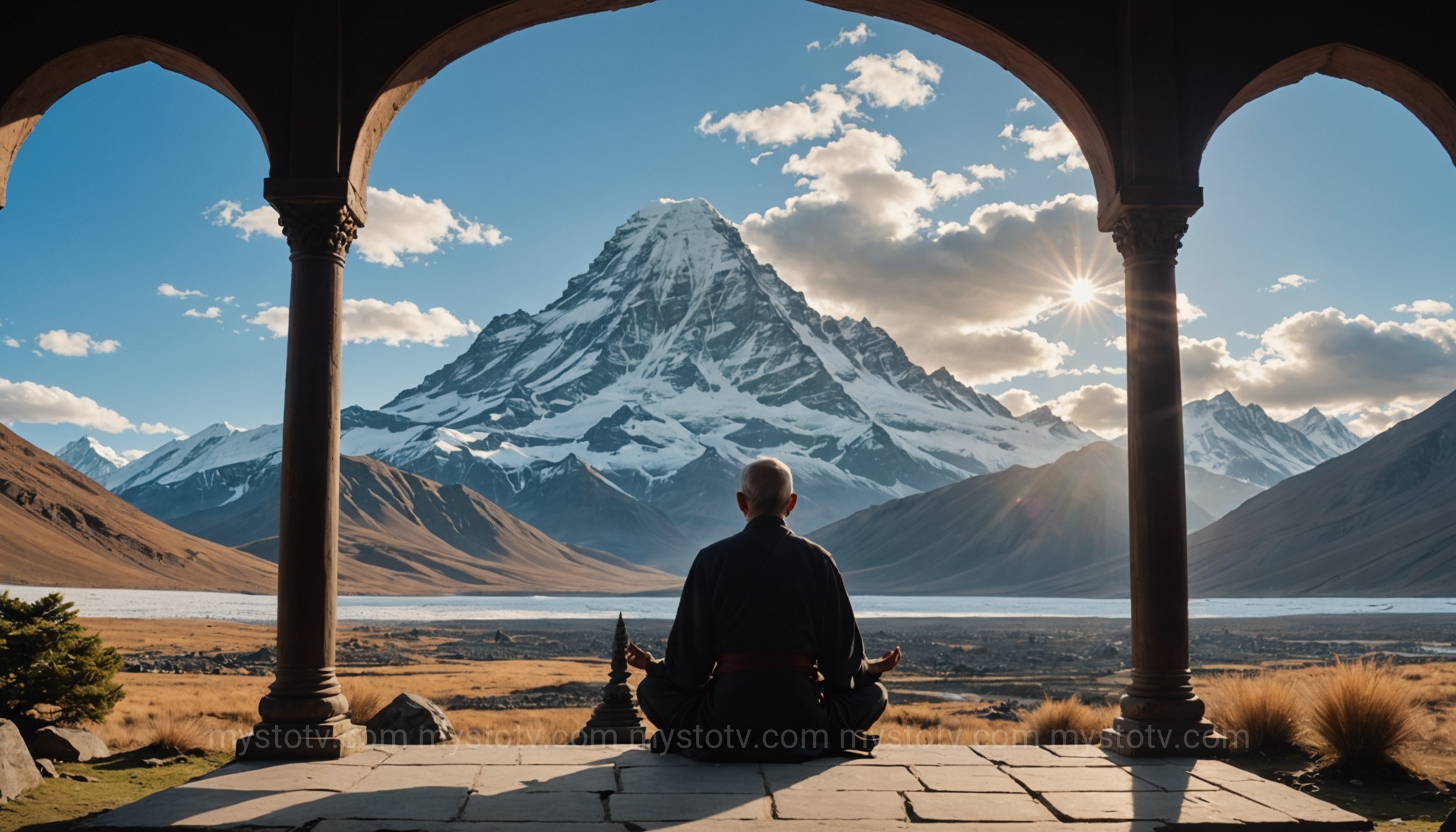Across the vast tapestry of human cultures and civilizations, a fascinating pattern emerges: a shared yearning to understand our place in the cosmos. While religions and traditions may seem vastly different on the surface, they often draw from a deep well of universal questions and answers. Exploring these common spiritual beliefs reveals more about our shared humanity than our differences. Many of us, regardless of our specific upbringing or creed, find resonance in these profound ideas. This journey into the world's most common spiritual beliefs isn't about promoting one path over another, but about recognizing the fundamental spiritual grammar that connects us all.
Contents
- 1 The Enduring Power of a Higher Being: Exploring Common Spiritual Beliefs in Divinity
- 2 Life After Death: Analyzing Common Spiritual Beliefs About the Afterlife
- 3 The Soul and Consciousness: Unpacking Common Spiritual Beliefs of an Inner Essence
- 4 Karma and Cosmic Justice: A Look at Common Spiritual Beliefs in Cause and Effect
- 5 Sacred Spaces and Rituals: How Common Spiritual Beliefs Shape Our Practices
- 6 Conclusion: The Universal Threads of Human Spirituality
The Enduring Power of a Higher Being: Exploring Common Spiritual Beliefs in Divinity

Perhaps the most pervasive of all spiritual concepts is the existence of a reality or power greater than ourselves. This idea, central to countless faiths, provides a framework for understanding creation, morality, and purpose. The analysis of these common spiritual beliefs points to a deep-seated human need for order, meaning, and a sense of being part of something larger than our individual lives. It offers comfort in the face of chaos and an ultimate source of guidance and love.
From a Single God to Many
Monotheism, the belief in one singular God, forms the bedrock of Abrahamic religions like Judaism, Christianity, and Islam, which collectively count billions of followers. This singular entity is often seen as omnipotent, omniscient, and omnipresent—the ultimate creator and sustainer of the universe. In contrast, polytheistic traditions, such as those found in ancient Greece, Rome, and modern Hinduism, revere a pantheon of gods and goddesses, each governing different aspects of life and nature. Despite the difference in number, both systems fulfill a similar function: they personify the forces of nature and the complexities of the human condition, making them more relatable and understandable.
The Divine in All Things: Pantheism and Animism
Another powerful and common spiritual belief is the idea that the divine is not separate from the world but is immanent within it. Pantheism posits that the universe itself is divine, while panentheism suggests the divine pervades and also transcends the universe. These ideas echo in the spiritual philosophies of figures like Spinoza and find expression in traditions like Taoism and certain schools of Hinduism. Closely related is animism, a foundational belief for many indigenous cultures worldwide, which holds that all things—animals, plants, rivers, and mountains—possess a distinct spiritual essence or soul. This perspective fosters a profound sense of interconnectedness and respect for the natural world.
Life After Death: Analyzing Common Spiritual Beliefs About the Afterlife

The question of what happens after we die is a universal human preoccupation. The fear of oblivion is powerful, and the desire for continuity, justice, and reunion with loved ones has given rise to some of the most enduring and common spiritual beliefs. Analyzing these beliefs reveals a fundamental human desire for our lives to have lasting meaning and for the universe to be ultimately just. The idea that our existence doesn't simply end provides immense psychological comfort and a moral compass for our actions in this life.
The Cycle of Rebirth: Reincarnation
A cornerstone of many Eastern religions, including Hinduism, Buddhism, and Jainism, is the concept of reincarnation or transmigration of the soul. Known as samsara, this is the belief that the soul or consciousness is reborn into a new physical body after death. The conditions of this new life are determined by karma, the sum of an individual's actions in their previous lives. This cyclical view of life and death offers a vast timescale for spiritual evolution, where the soul learns and grows over many lifetimes, with the ultimate goal of achieving liberation (moksha or nirvana) from the cycle. This is one of the most widespread common spiritual beliefs, offering an explanation for suffering and inequality in the world.
Realms of Reward and Punishment
In contrast to the cyclical model, many other traditions, particularly the Abrahamic faiths, propose a linear journey to a final, permanent destination. After death, the soul is judged based on its faith and deeds on Earth. The righteous are rewarded with an eternity in a blissful paradise (Heaven, Jannah), while the wicked face punishment in a realm of suffering (Hell, Jahannam). This belief in a final judgment provides a powerful incentive for moral behavior and offers a promise that justice, which may be elusive in this life, will ultimately prevail in the next.
The Soul and Consciousness: Unpacking Common Spiritual Beliefs of an Inner Essence
Beyond the physical body, there is a belief in a non-material core of our being—a soul, a spirit, or a consciousness that defines who we are. This is one of the most deeply personal and common spiritual beliefs, rooted in our own subjective experience of having an inner life, thoughts, and feelings separate from our physical form. In Hinduism, this is the Atman, the eternal self. In ancient Egyptian belief, it was the Ka and Ba. In Christianity, it is the immortal soul. The analysis suggests this belief stems from our innate human consciousness and our intuition that there is more to us than just flesh and bone. This belief is what makes concepts like the afterlife and karma meaningful, as it provides the "vehicle" that persists beyond physical death. You can see how this idea connects to our previous discussion on common spiritual beliefs about the afterlife.
Karma and Cosmic Justice: A Look at Common Spiritual Beliefs in Cause and Effect

The idea that "what goes around, comes around" is not just a modern proverb; it's a simplified version of one of the world's most common spiritual beliefs: karma. While most associated with Eastern religions, the principle of cosmic justice—that our actions, good and bad, have inevitable consequences—is found globally. The Christian Bible states, "a man reaps what he sows" (Galatians 6:7), a sentiment that mirrors the law of karma. This belief system provides a powerful moral framework, suggesting that the universe has an inherent ethical structure. The analysis of this belief highlights a profound human need for a just world. It empowers individuals by suggesting that their choices matter and have a tangible impact not only on their own destiny but on the world around them.
Sacred Spaces and Rituals: How Common Spiritual Beliefs Shape Our Practices
Humanity has always sought to create tangible connections to the divine, leading to the universal practices of consecrating spaces and performing rituals. These practices transform the mundane into the sacred, providing physical locations and structured actions through which to express faith, seek guidance, and foster community. These common spiritual beliefs manifest in physical forms, from grand cathedrals and mosques to simple home altars and natural groves. The analysis shows that these practices are not merely symbolic; they are psychologically powerful, helping to focus the mind, reinforce belief, and create a shared identity among followers.
Sacred Geography: Finding the Divine on Earth

Across the globe, certain places are deemed to hold special spiritual power. These can be natural wonders like mountains (Mount Sinai, Mount Fuji), rivers (the Ganges), or groves of trees. They can also be man-made structures built on sites of historical or miraculous events, such as Jerusalem, Mecca, or Bodh Gaya. A pilgrimage to these sacred sites is a transformative journey in many faiths, a physical act that mirrors an inner spiritual quest. The belief in sacred geography grounds spirituality in the tangible world, creating focal points for devotion and collective worship.
The Power of Ritual
Ritual provides the script for spiritual engagement. Prayer, meditation, chanting, lighting candles, fasting, and ceremonial feasts are structured activities that give form to faith. Whether it's the highly choreographed Catholic Mass, the five daily prayers of Islam (Salat), or a shamanic healing ceremony, rituals serve to quiet the noise of daily life and attune the participant to a higher reality. They create a rhythm to life, mark important transitions, and strengthen the bonds of community by uniting people in shared, meaningful action.
Conclusion: The Universal Threads of Human Spirituality
As we journey through these diverse yet interconnected ideas, it becomes clear that humanity is united by a profound spiritual curiosity. The existence of a higher power, the mystery of the afterlife, the belief in an immortal soul, the yearning for cosmic justice, and the need for sacred practice are not isolated concepts. They are recurring themes that appear in nearly every culture throughout history. These common spiritual beliefs act as a mirror, reflecting our deepest hopes, fears, and aspirations. Recognizing this shared spiritual heritage can foster greater empathy and understanding in our increasingly interconnected world, reminding us that, in our quest for meaning, we are all more alike than we are different.